Colonia del Sacramento - Uruguay - Una interesante nota (en inglés)
European Appeal in Bargain-Priced Colonial Uruguay
By Lee Harrison
Uruguay is a paradox. South America’s second-smallest country—about the size of Missouri—looks like Europe and feels like Europe, but with developing-world prices. You can live here comfortably for $2,000 a month (including rent). If you’ll own your own place outright, you can do it on less than $1,500.
Wedged between Brazil and Argentina, Uruguay has the lowest poverty level in Latin America and the highest life expectancy. Situated in the temperate zone of the tropic of Capricorn, it boasts warm summers and crisp, moderate winters, with no ice or snow.
The capital city of Montevideo is like an Old-World European city with its well-kept buildings, fine restaurants, and international ambiance. Then contrast that with Punta del Este, a world-class beach resort that has been the playground of rich Europeans for years.
In between you’ll find colonial cities, miles of rolling pampas where gauchos still manage their herds, and long stretches of near-empty beaches. The roads are good, too. The 210-mile stretch of coastline between the Brazilian border and the Uruguayan capital of Montevideo is among the finest in South America, with endless white-sand beaches, lonely stretches of highway where the woods go right to the water, wildlife preserves, and dazzling resorts.
The town of Colonia is one of Uruguay’s real treasures—at the top of my list for a year-round, quality lifestyle at an affordable price. Located on the banks of Rio de la Plata (just across from Buenos Aires), it’s a friendly riverside town that draws people from the world over.
What’s always attracted me (and most visitors) to Colonia is its historic center, known as Barrio Histórico. Founded by the Portuguese in the 1680s, Colonia’s Barrio Histórico is one of the best examples of restored and preserved Portuguese colonial architecture that you’ll ever see.
Antique, period homes surround the central plaza, with interiors that are still graced with rustic stone floors and heavy grey-stone walls. The rooms are small and sometimes cell-like, as was the style of that time. In many cases, you can see where the Portuguese used one style of stonework on the house—up to a level of about seven feet—and then the Spanish used another style, many years later, order to make the houses taller.
Unlike most resort areas of Uruguay, Colonia “never closes”. Even in the dead of winter—in July—you’ll see good number of visitors strolling its cobblestoned streets, enjoying the high-end restaurants, classy boutiques, sidewalk cafes and shady parks. It’s a good place to operate a rental property, a tourism-related business, or a B&B.
Colonia is a place where you’ll still see antique cars along the streets, going back to the 1930s…as you will in much of Uruguay’s interior. And I was surprised to find that most of them have current license plates, and are used by people as their primary vehicle, rather than a Sunday showpiece.
I try to get here at least once per year, and find the four-hour drive from my home in Punta del Este to be well worth it. I liked Colonia since the first time I saw it.
I found something on a recent trip that I haven’t seen in years: A property in Barrio Histórico selling for around $100,000…in a neighborhood where prices can run up to five times that much for a colonial-period home. Prices here have gone up about 300% since 2004. (I can’t guarantee these properties will still be on offer as you read this, but I’ll tell you about them anyway, to give you as sense for the possibilities here.)
This was an 1,100-square-foot house which has never been remodeled from its original structure and finishings. It has three bedrooms, two baths and is located close to the center of Barrio Histórico. But although it’s in the historical center, it's not a true colonial-period home. It’s too new…but it’s an affordable foot in the door to this UNESCO World Heritage Site. The asking price is $105,000.
An even-better opportunity in Barrio Histórico is a 1,500-square-foot gem located right next to the yacht basin. It has two bedrooms, a single bath and a large, lazy front porch covered with bougainvillea, for the asking price of $150,000. This one costs more than the first, but I like the location better.
I found these properties exciting, having watched prices climb rapidly over the last few years. This year may indeed be the last chance to get that second home in this historic setting without spending a fortune.
Editor's note: Lee Harrison came to International Living after a 30-year career in the U.S. electric power industry. After 12 years with Bechtel Power Corp., Lee moved to Exelon Generation (the nation’s largest power generator), where he ultimately served as a director. Taking advantage of a post-merger early retirement offer, he left in 2001 at age 49 and moved to Cuenca, Ecuador. He then relocated to Uruguay, and today splits his time between Punta del Este and Montevideo.
Enviada por Jorge Winchcabbich desde California, EEUU















































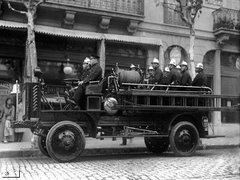

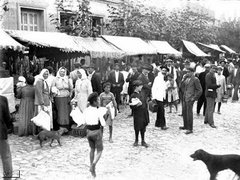

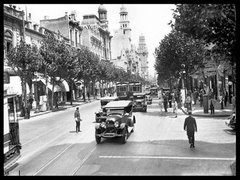

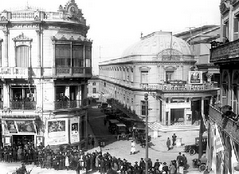

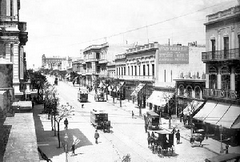

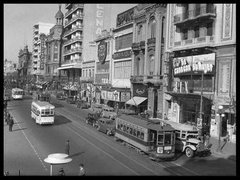







No hay comentarios:
Publicar un comentario